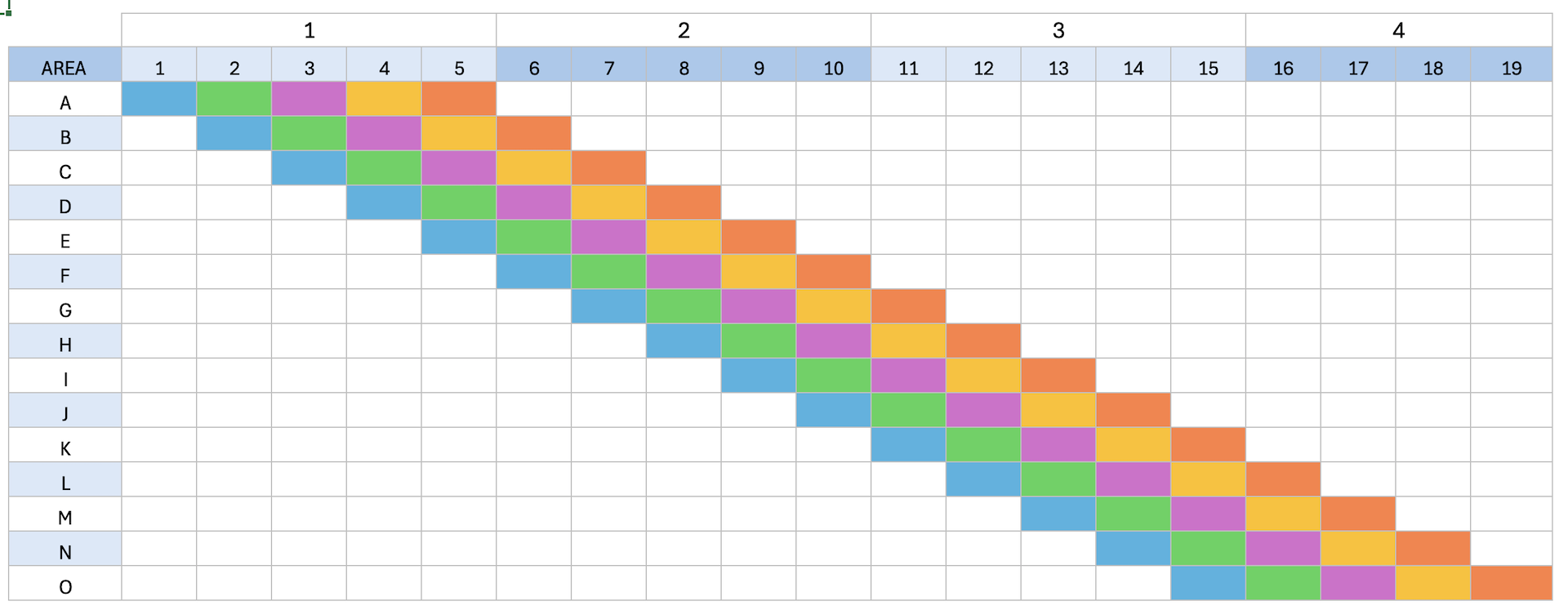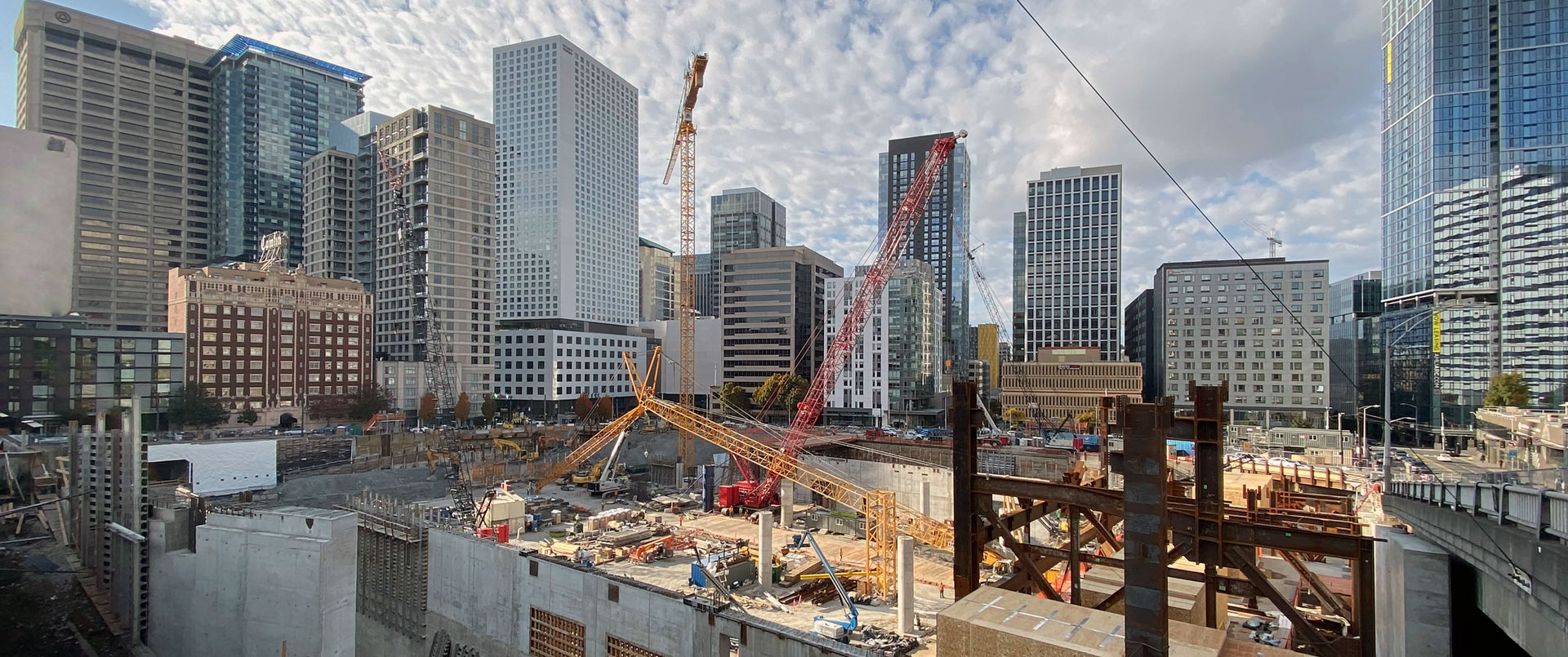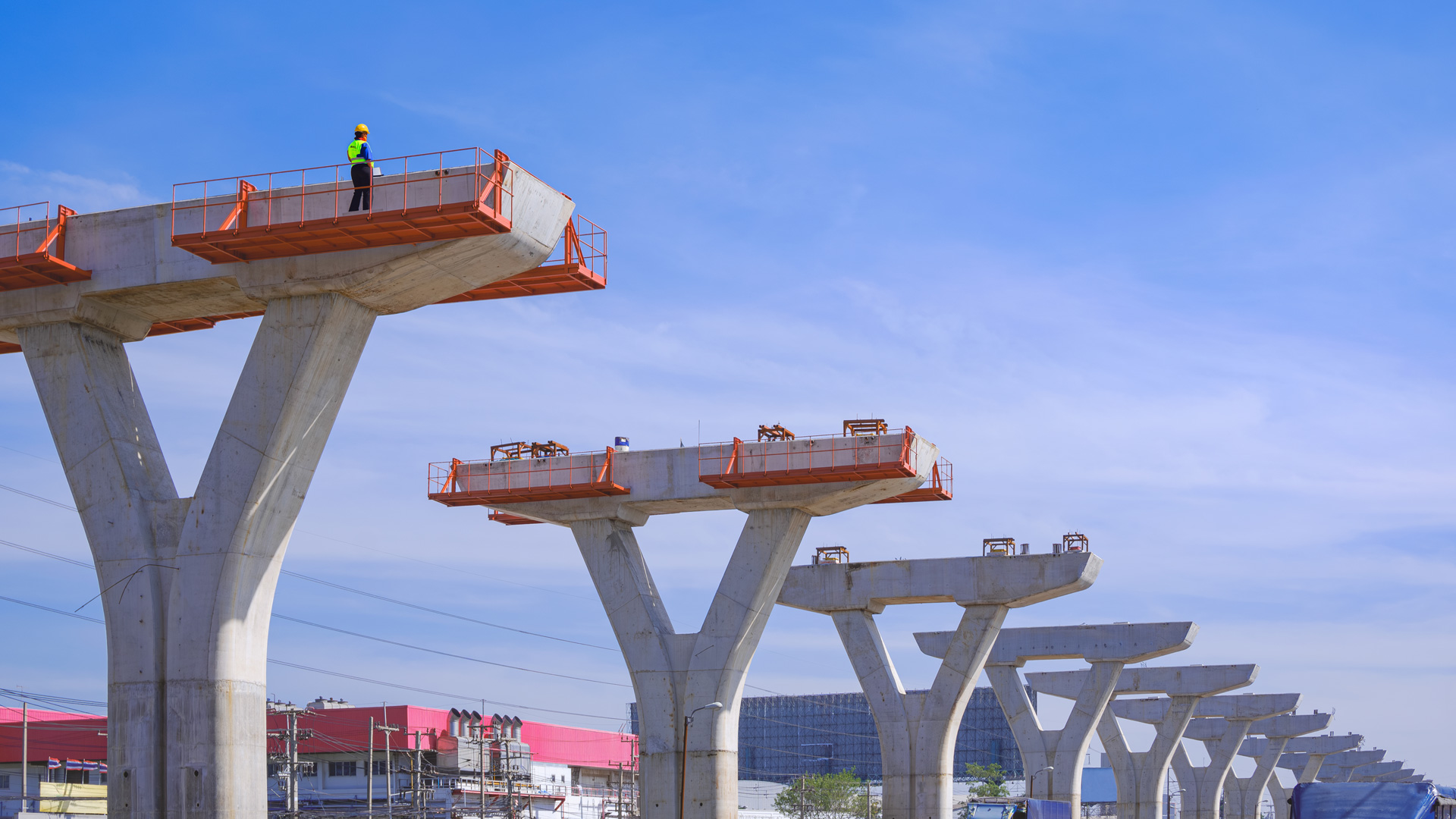Demand for construction is growing steadily, regardless of seasonal variations. At the same time, construction companies can’t hire enough skilled workforce. How does this discrepancy impact companies’ ability to grow and bid on new projects?
The US construction industry is short half a million workers

In a January interview on Construction Briefing, Michael Bellaman, president and CEO of ABC (The Associated Builders and Contractors), voiced the industry’s concerns.
“ABC estimates that the US construction industry needs to attract about a half million new workers in 2024 to balance supply and demand,” he said.
Exceptionally high retirement levels amplify the challenge.
“More than one in five construction workers are 55 or older, meaning that retirement will continue to contract the industry’s workforce. These are the most experienced workers, and their departures are especially concerning,” said ABC Chief Economist Anirban Basu in the interview.
The impact on bidding
Staff shortages pose many challenges to construction companies and their clients, including the ability and willingness to bid on projects.
The need for more skilled labor means that contractors must often bid higher to account for the increased cost of labor and potential delays. This can make projects more expensive and less competitive, leading to fewer bids submitted for RFPs.
Companies might also become more selective about the projects they bid on. They focus on those that are most profitable or manageable with limited resources. This could reduce the number of bids submitted, especially for complex or less lucrative projects.
The shortage may delay project start times due to prolonged bidding periods, as contractors take longer to respond to RFPs while assessing their capacity to take on new work.
The urgent need to improve productivity
An August 2024 McKinsey article discussed the construction sector’s growth rate. The authors calculated that to meet the construction demand in 2040, Western construction companies should double their annual growth. To do that, they need both more workforce and increased productivity.
The industry must attract more young people to enter the skilled construction trades. However, the existing and new workers must also be more productive than today.
There is no silver bullet to solve the productivity issue; instead, various methods, tools, and strategies are needed. Construction is a people business, so it will never be precisely like manufacturing. However, we can take lessons from industrialized processes to reduce variation, which kills productivity.
Lean construction, backed by digitalized processes, has proven effective. For example, Takt production, inspired by car manufacturing, can shorten lead times by 50% compared to typical construction. It simplifies the on-site assembly so newcomers don’t have to master several tasks simultaneously but can gradually extend their skills. That’s one way to attract a fresh workforce to the industry.


The digitalization dilemma
Digitalization is essential for coping with the staff shortage challenge. However, construction companies don’t always take a strategic approach to digitalization. Consequently, the large selection of tools hampers productivity instead of improving it.
In Quickbase’s 2024 Gray Work Index, 94% of respondents report feeling overwhelmed by the sheer number of software solutions they are required to use. Moreover, the survey unveils that 74% of employees see no reduction in manual work, with 58% spending less than half of their typical workweek on meaningful tasks.
Improving how information is shared and accessed within and between companies can reduce the time spent chasing data and increase the time available for meaningful work.
Workflow automation as a solution
When construction’s demand outlook looks sunny, but the supply side has challenges in staffing and productivity, getting more things done with the existing workforce becomes critical. How you manage and use information throughout a project dramatically impacts your success.
As Quickbase’s recent study shows, having discrete, overlapping tools that don’t communicate with each other is counterproductive. Their solution is to connect data from multiple sources and systems to automate repetitive tasks and optimize resources.
One of Quickbase’s strengths is the no-code development. Contractors can quickly craft workflows and build apps for bidding, project management, contract management, RFIs, etc. Quickbase has launched an AI companion that makes app creation even faster and more intuitive.


Growth with information is possible
Using platforms like Quickbase, construction firms can bid on projects more confidently. They know they can use their resources efficiently and avoid wasting their employees’ or partners’ time on unnecessary Gray Work.
During projects, the contractor has a real-time picture of the crucial aspects of the project and can quickly take action to avoid cost overruns or delays.
By ensuring that information is accessible and usable within their firm and the supply chain, contractors can consistently enhance their performance and win profitable business.
View the original article and our Inspiration here


Leave a Reply